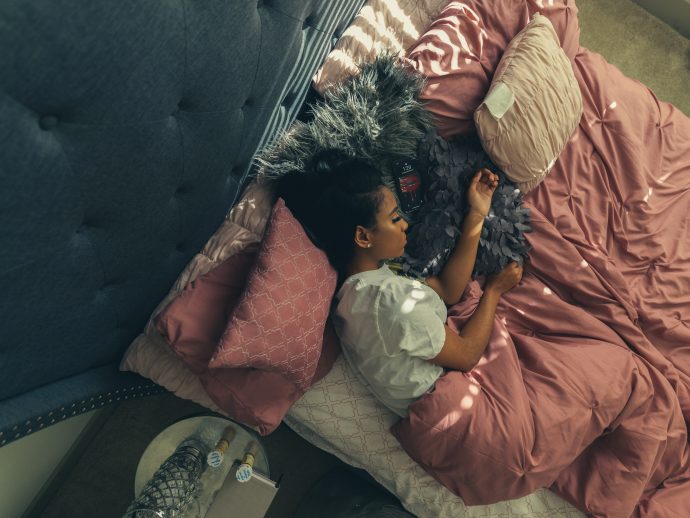Wake feeling refreshed with these tips
It’s as essential to our very survival as water, food, and shelter, yet sleep tends to be pushed aside when it comes to priorities, considered an afterthought or even an inconvenience amid our busy schedules.
Blissful, sufficient sleep doesn’t have to be the stuff of dreams, however. Here’s how to get a good night’s sleep.
Children
Developing sound sleep habits starts early in life.
Common conditions
- Sleep-onset association disorder. Common in young children, sleep-onset association disorder is characterized by a child needing certain conditions from a caregiver to fall asleep, such as being rocked or having their back rubbed.
- Delayed sleep phase syndrome. Older kids and teenagers commonly experience this sleep problem marked by going to bed very late and waking up late.
Developing healthy sleep habits
- Have a bedtime routine, such as a warm bath followed by reading alone in bed.
- To help develop lifelong healthy sleep habits, it’s crucial that a child’s brain recognizes nighttime, with a bedroom that’s quiet and dark. That same sleep-inducing environment is vital for teens as well.
- Kids (like adults) need a technology-free zone for good quality sleep. That means not having a computer, mobile phone, tablet, gaming console, or other electronic devices in their room.
- Bedtime and waking time should be similar every day and not vary by more than 30 minutes between weekdays and weekends.
Adults
Adults typically sleep seven and a half or eight hours a night, on average, but that can range between six and nine hours.
Common conditions
- Work demands, especially in conjunction with parenting and caring for aging parents, financial strain, and substance use are just some of the things that can get in the way of sufficient sound sleep.
- Sleep apnea. The most common sleep disorder affecting adults is obstructive sleep apnea, where breathing stops and starts. There are a number of possible causes, including obesity, hormone issues, and large tonsils.
Developing healthy sleep habits
Adults can improve their sleep by making it a priority, deeming it as important as exercise and diet when it comes to healthy living.
Avoid caffeine, nicotine, alcohol, or heavy meals before bedtime.
- Create a sleep sanctuary: Keep your bedroom cool and dark, reserve your bedroom for sleep and intimacy, and skip the screens.
- Along with healthy lifestyle changes, someone diagnosed with obstructive sleep apnea can use continuous positive airway pressure (CPAP), which consists of a portable machine that delivers pressurized air to the nose through a mask.
Seniors
Older adults tend to go to bed earlier than younger adults, may sleep more during the day, and might experience more nighttime awakenings.
Common conditions
- Periodic limb movement disorder. This phrase describes repetitive, uncontrollable movements of the arms and legs during sleep that may cause “microarousals.”
- Restless legs syndrome. Uncomfortable or unpleasant sensations in the legs when lying down lead to an overwhelming urge to move the legs during rest, affecting the ability to sleep.
Developing healthy sleep habits
- Older people can improve their sleep by adopting regular sleep/wake cycles, being physically active, and diminishing worry as much as possible before bedtime.
- For periodic limb movement disorder, if iron deficiency is detected, supplementation may be suggested; in other cases, regular exercise can help alleviate symptoms.
- For restless leg syndrome, warm baths, leg massages, and applying hot and cold packs can help. Making sure you’re getting enough magnesium may also help alleviate the symptoms.

